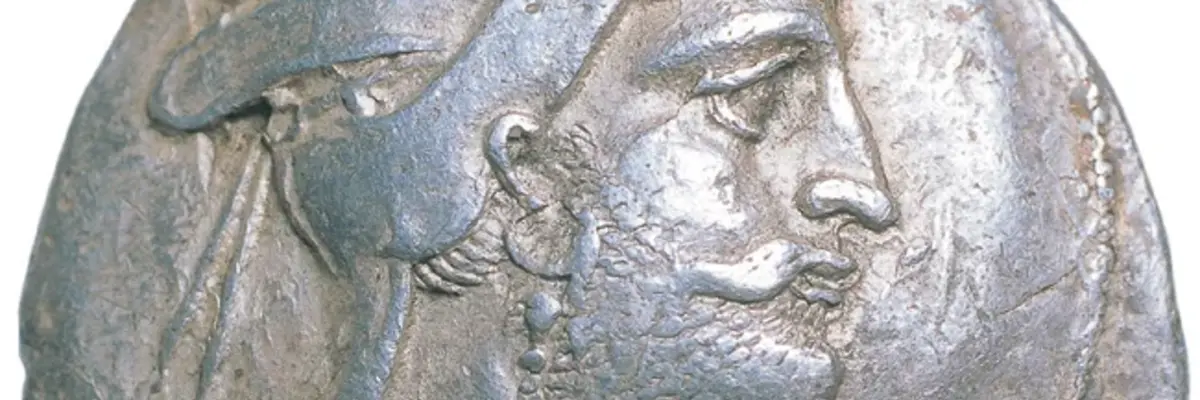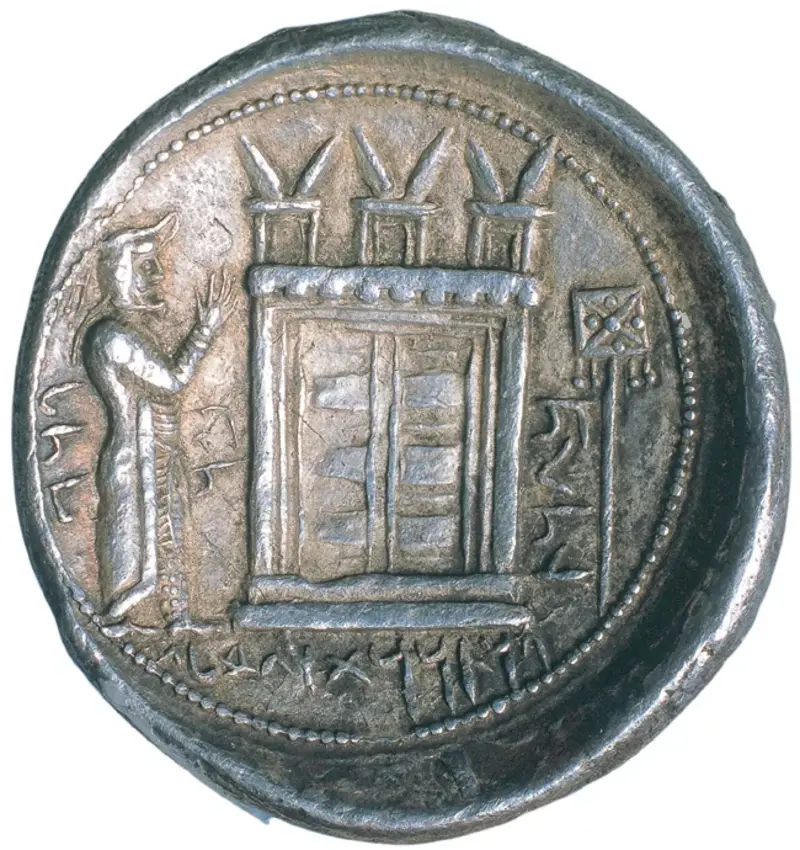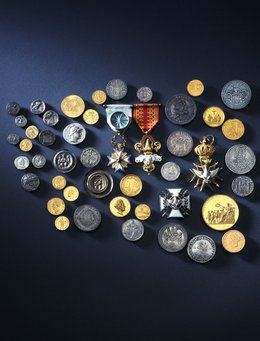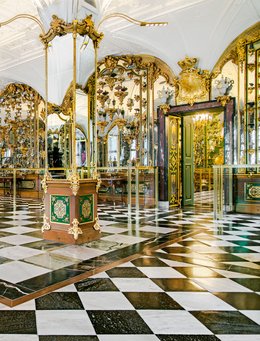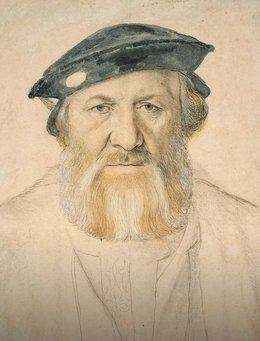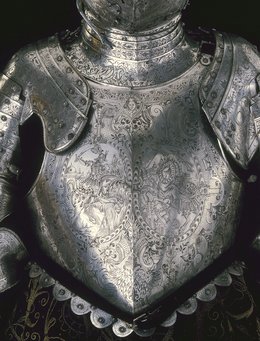text1
Persepolis, the “City of the Persians”, was founded by Darius I (522-486 BCE), the Great King of the Achaemenian Empire. On a terrace measuring approximately 15 hectares, he and his successors erected numerous palaces and other buildings, including the Audience Hall (Apadana) with its impressive decorative reliefs. The burning of the city ordered by Alexander the Great (336-323 BCE) caused widespread destruction throughout the complex. Despite not establishing an Empire themselves, the rulers who subsequently governed Persis nevertheless kept up the old Iranian tradition and created the preconditions for the establishment of the new Persian Empire of the Sassanians on the basis of that tradition more than 500 years later.
